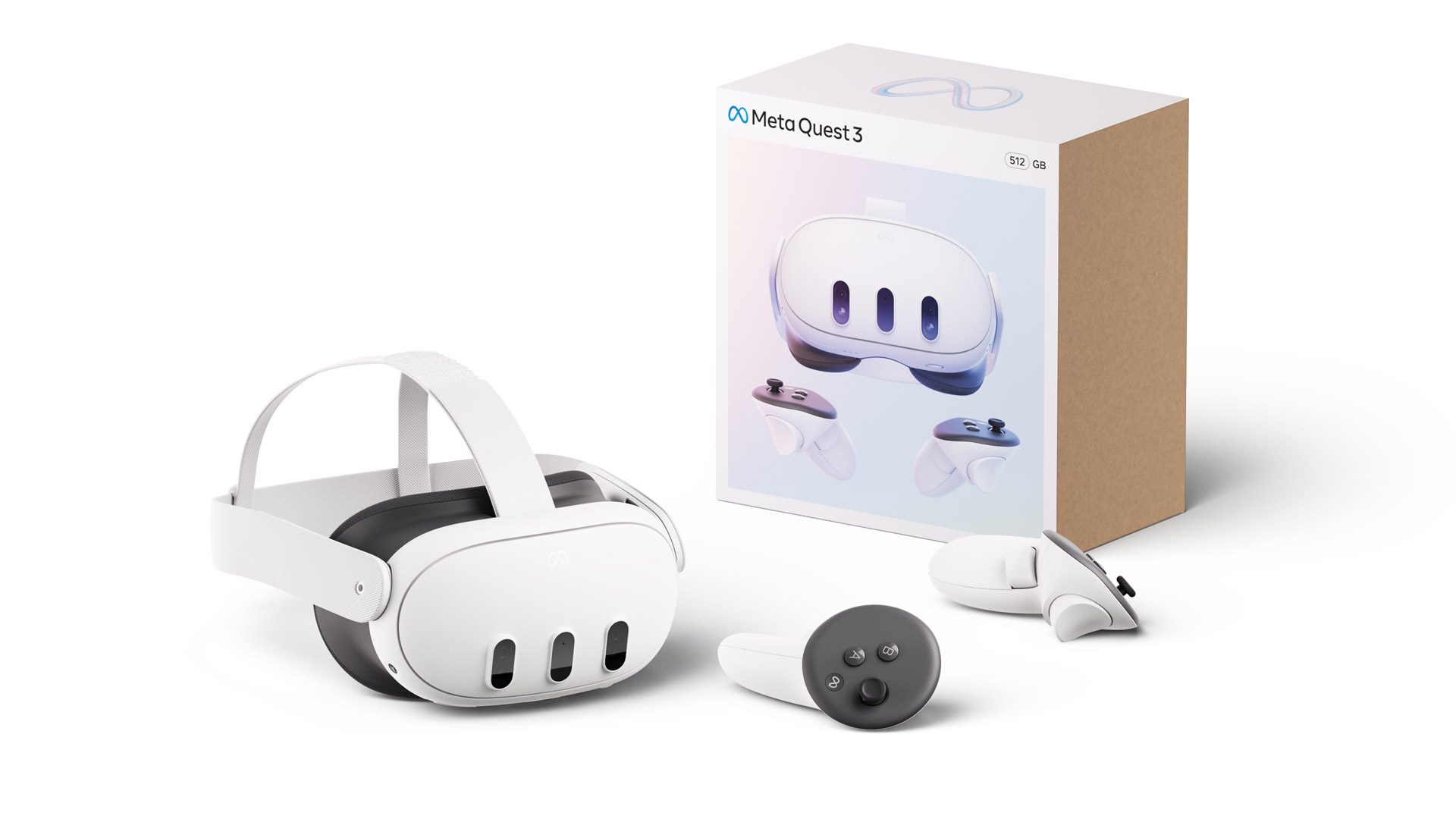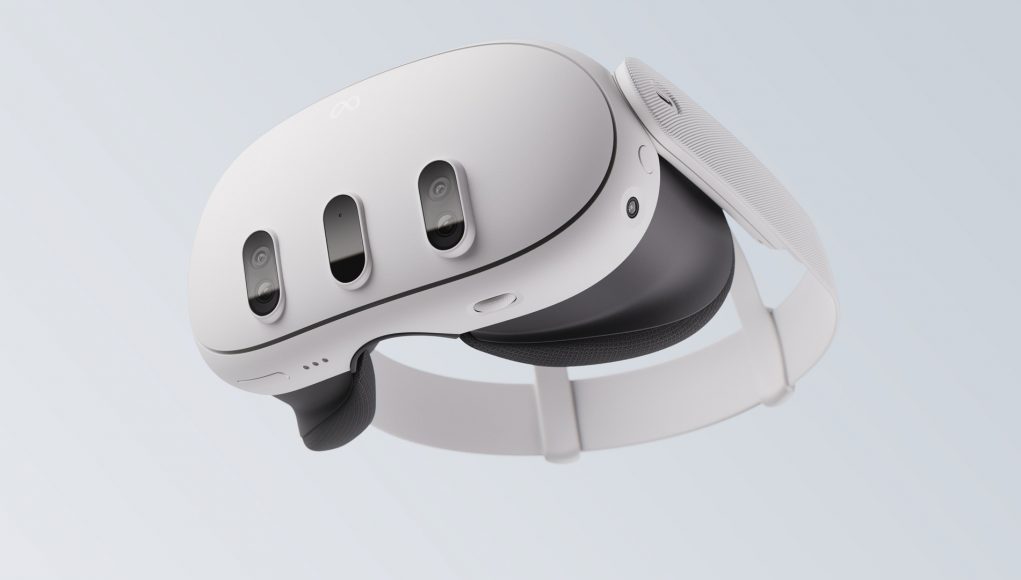At Connect 2023 today, Meta released the long-awaited info drop for Quest 3, its first mixed reality headset for consumers, which includes specs, price, online pre-orders, launch date and more. Here’s the main bits:
Note: Make sure to check out our detailed hands-on with Quest 3, diving into everything from comfort to clarity.
Quest 3 is officially now available for pre-order, with shipping slated to start on October 10th, 2023. In the US, you’ll be able to find Quest 3 online through Meta as well as its official partners, including Amazon, Best Buy, Target, and Walmart.
The mixed reality headset is being offered in two variants, a 128GB version for $500, and a 512GB version for $650. Here are those prices in GBP, EUR, and JPY:
- £479.99 GBP (128GB), £619.99 GBP (512GB)
- €549.99 EUR (128GB), €699.99 EUR (512GB)
- ¥74,800 JPY (128GB), ¥96,800 JPY (512GB)

Meta announced it’s bundling both variants of Quest 3 with Quest-exclusive sequel Asgard’s Wrath 2, valued at $60. On top of Asgard’s Wrath 2, which is due out sometime this winter, the 512GB version includes a six-month subscription to the PS Plus-style game service Meta Quest+, valued at $108.
Following the release of Quest Pro last year, which initially sold for $1,500 but was later reduced to $1,000, Quest 3 is the company’s first mixed reality headset created specifically with consumers in mind. It includes color passthrough sensors which allow the user to see the outside world, which is not only useful for switching between VR mode and checking out your surroundings, but also for playing AR games using your physically environment as a backdrop.
There are a ton more announcement on the way, so make sure to follow along with us for all of the latest XR news to come from Connect 2023.
Quest 3 Specs
| Resolution |
2,064 × 2,208 (4.5MP) per-eye, LCD (2x)
|
| Refresh Rate |
90Hz, 120Hz (experimental)
|
| Optics |
Pancake non-Fresnel
|
| Field-of-view (claimed) | 110ºH × 96ºV |
| Optical Adjustments |
Continuous IPD, stepped eye-relief (built in)
|
| IPD Adjustment Range | 53–75mm |
| Processor |
Snapdragon XR2 Gen 2
|
| RAM | 8GB |
| Storage | 128GB, 512GB |
| Connectors |
USB-C, contact pads for optional dock charging
|
| Weight | 515g |
| Battery Life | 1.5-3 hours |
| Headset Tracking |
Inside-out (no external beacons)
|
| Controller Tracking |
Headset-tracked (headset line-of-sight needed)
|
| Expression Tracking | none |
| Eye Tracking | none |
| On-board cameras | 6x external (18ppd RGB sensors 2x) |
| Input |
Touch Plus (AA battery 1x), hand-tracking, voice
|
| Audio |
In-headstrap speakers, 3.5mm aux output
|
| Microphone | Yes |
| Pass-through view | Yes (color) |
| MSRP |
$500 (128GB), $650 (512GB)
|
– – — – –
Connect 2023 kicks off today, taking place September 27th and 28th at Meta’s Menlo Park headquarters. There’s been a ton of news already, so make sure to follow along with Connect for all of the latest XR stuff from Meta.







